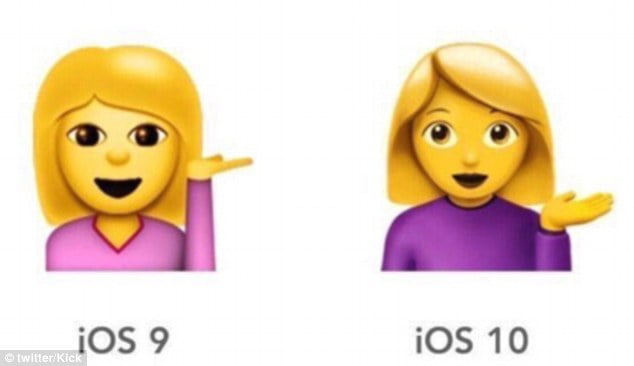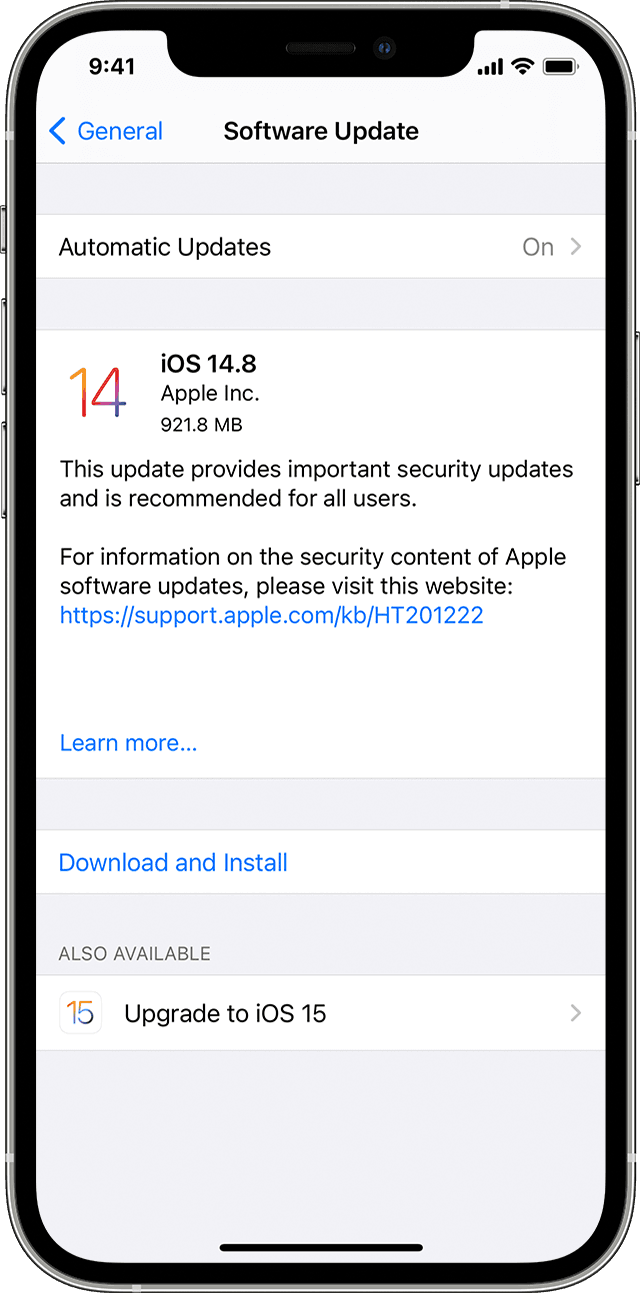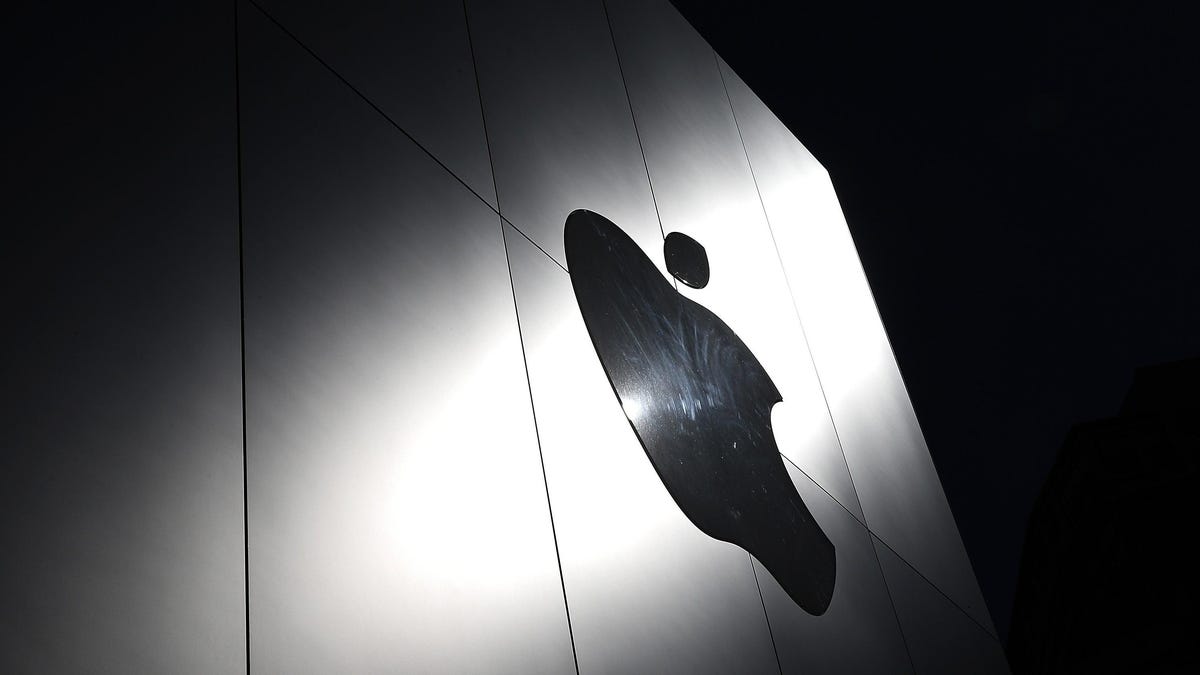
iPhone owners have been anticipating Apple’s ‘biggest release ever’ since they first caught a glimpse of the technology at a conference in June.
However, between the revamped emojis, technical issues and removal of the swipe to unlock, many users wish they held off on installing iOS 10 and stayed using iOS 9.
Thankfully, there is a trick that lets unhappy customers uninstall the latest software and downgrade devices back the previous operating system.
Scroll down for video

Between the revamped emojis, technical issues and removal of the swipe to unlock, many users wish they held off on installing iOS 10 and stayed using iOS 9. Thankfully, there is a trick that lets users revert back to iOS 9
The downgrading fix comes from David Price with Macworld, who also regretted installing the iOS 10 public beta, but found a way to reverse the damage.
‘Removing iOS 10 (or any other version of iOS) and downgrading to the previous version is relatively straightforward, provided you do so within a few days of launch,’ Price shares.
‘There’s a brief window (generally just a few days) after Apple releases a new full version of iOS, during which the company continues to ‘sign’ (or authorize) the previous version.
‘In those few days you can downgrade reasonably easily.’
Before starting the removal process of iOS 10, it’s important that all of your data from the device is backed up in either iCloud or iTunes.
During the re-installation of iOS 9, the operating systems will wipe all of the apps and data from your device.
Also, users who have installed iOS 10 will not be able to restore their most recent backup to the earlier version of iOS – the two were not designed to be compatible.
‘If you haven’t archived an iOS 9 backup we would advise back up iOS 9 iCloud to avoid overwriting the standard backup on your Mac,’ shares Price.
Next, you will need to get your hands on the iOS 9 ipsw file, which can be found by going to youruserfolder/Library/iTunes.
This should then present the necessary folder called iPad Software Updates or iPhone Software Updates – depending on what device you are downgrading.
If you are unable to find the latest one on your Mac, simply run a search for download ipsw and select and download the correct file to the device.
To start, plug your device into a desktop, launch iTunes and click on your device in the iTunes interface and then select summary.

Simply open the iOS 9.3.2 ipsw file and iTunes should take it from there and install the operating system to your device. Many Twitter users are relieved they decided not to download iOS 10 when it was first released, as many people are not happy with the upgrade
If you have a Mac hold the Alt/Option key and if you have a PC hold Shift, then click the Restore button.
Also, be sure to disable ‘Find My Feature’ on the device if it is enabled.
Next, open the iOS 9.3.2 ipsw file and iTunes should take it from there and install the operating system to your device.
If iTunes shows that you are already running the latest version of iOS on the device, you may need to use Recovery mode, explains Price.
You will need to shut down the device, plug one end of the syncing cable into your computer and hold down the Home button on the iPhone/iPad while you connect the cable to it.
And when the ‘Connect to iTunes’ screen is display, remove release the Home button.
iTunes should notify you that your device is in Recovery mode.
[Source:-DAily Mail]






